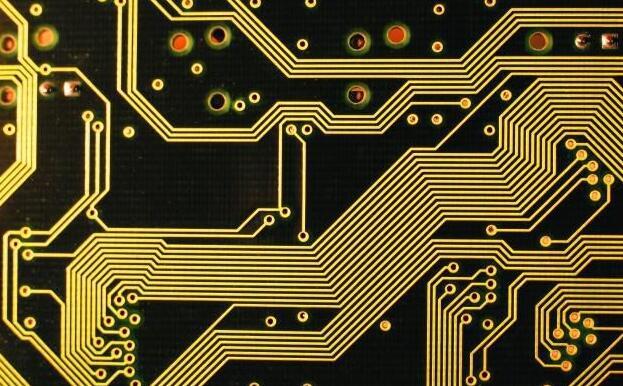What are the processes of the copper immersion process?
Immersion copper is the abbreviation of electroless copper plating, also called plated through hole, abbreviated as PTH, which means that a thin layer of chemical copper is deposited on the non-conductive hole wall substrate that has been drilled by a chemical method as a back Electroplated copper substrate.
Electroless copper is widely used in the production and processing of printed circuit boards with through holes. Its main purpose is to deposit a layer of copper on a non-conductive substrate through a series of chemical treatment methods, and then thicken it by subsequent electroplating methods. To reach the specific thickness of the design, it is generally 1mil (25.4um) or thicker, and sometimes it is even directly deposited to the copper thickness of the entire circuit by chemical methods. The chemical copper process is through a series of necessary steps to finally complete the deposition of chemical copper, each of which is very important to the entire process flow.

PTH process: alkaline degreasing-two or three-stage countercurrent rinsing-coarsening (micro-etching)-secondary countercurrent rinsing-pre-soaking-activation-secondary countercurrent rinsing-degumming-secondary countercurrent rinsing-copper deposition-secondary Countercurrent rinsing - pickling acid.
Detailed explanation of the process:
1. Alkaline degreasing: remove oil stains, fingerprints, oxides, and dust in the holes on the board; adjust the walls of the holes from negative charges to positive charges to facilitate the adsorption of colloidal palladium in the subsequent process.
2. Micro-etching: remove the oxides on the board surface, roughen the board surface, ensure that the subsequent copper deposit layer has a good bonding force with the bottom copper of the substrate, and can well adsorb colloidal palladium.
3. Pre-soaking: It is mainly to protect the palladium tank from the contamination of the pre-treatment tank solution, prolong the service life of the palladium tank, and effectively wet the pore wall, so that the subsequent activation solution can enter the pore in time for sufficient and effective activation.
4. Activation: After the pretreatment alkaline degreasing polarity is adjusted, the positively charged pore walls can effectively adsorb enough negatively charged colloidal palladium particles to ensure the uniformity, continuity and compactness of subsequent copper deposits.
5. Degumming: remove the stannous ions from the colloidal palladium particles to expose the palladium nuclei in the colloidal particles to directly and effectively catalyze the chemical copper deposition reaction.
6. Copper precipitation: The electroless copper autocatalytic reaction is induced by the activation of the palladium nucleus. Both the new chemical copper and the reaction by-product hydrogen can be used as reaction catalysts to catalyze the reaction, so that the copper precipitation reaction continues. After processing through this step, a layer of chemical copper can be deposited on the board surface or the hole wall.
The quality of the copper sinking process is directly related to the quality of the production circuit board. It is the main source process of impermissible vias and poor open and short circuits. It is not convenient for visual inspection. The subsequent processes can only be screened probabilistically through destructive experiments. For effective analysis and monitoring of a single PCB board, it is necessary to strictly follow the parameters of the work instruction. It can be seen that it is particularly important to find a suitable PCB proofing manufacturer.